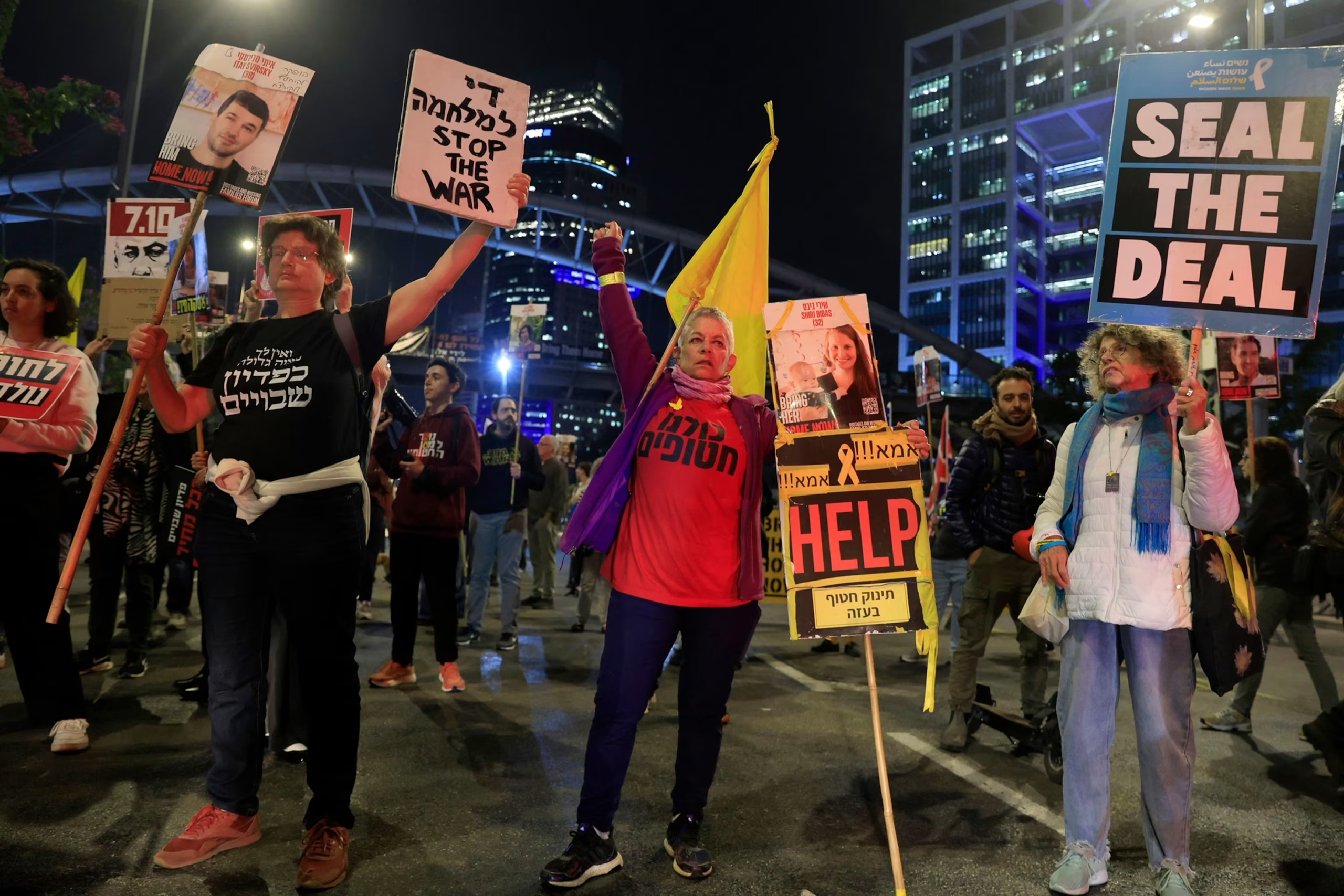In a landmark development on October 9, 2025, Israel and Hamas finalized the first phase of a ceasefire agreement that marks a critical step toward ending over two years of devastating conflict in Gaza. Brokered through indirect talks mediated by Egypt and supported by U.S. President Donald Trump’s 20-point peace plan, the deal has brought a fragile but significant chance for peace to the region.
Key elements of the agreement include an immediate ceasefire, the withdrawal of Israeli forces to pre-agreed positions, and the release of all surviving Israeli hostages held by Hamas within 72 hours. In return, Israel has committed to freeing nearly 2,000 Palestinian prisoners, including women and children. The ceasefire has allowed humanitarian aid trucks carrying food and medical supplies to enter Gaza, offering relief to civilians who have faced severe shortages.
An international task force led by the United States, with contributions from Egypt, Qatar, and Turkey, will monitor the ceasefire to ensure compliance and facilitate a path toward sustainable peace. Residents in Gaza, many returning to homes damaged or destroyed in the conflict, have cautiously welcomed the truce as a hopeful new beginning.
Despite the optimism, significant challenges remain, especially around Hamas’ disarmament and the political future of Gaza. Nevertheless, this ceasefire is hailed as the most meaningful breakthrough in years, raising hopes for recovery, reconstruction, and long-lasting peace in the region.
More than news- Its Icegate

